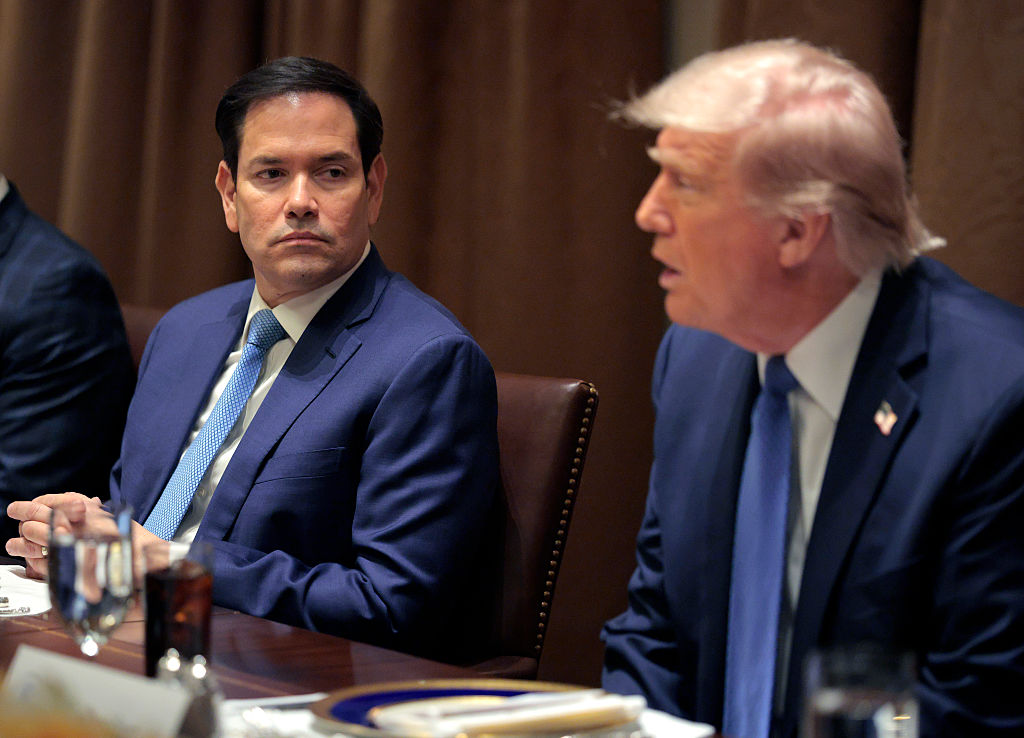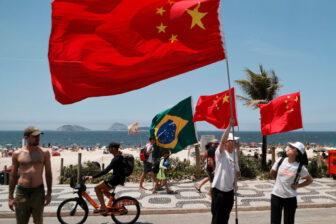
SÃO PAULO — Latin America has often been a relatively low priority in U.S. foreign policy, overshadowed by crises in Europe, Asia, and the Middle East. Historically, engagement with the region has been marked by only sporadic attention, driven more by reactive measures than by a consistent strategic vision. Since returning to the White House, however, President Donald Trump has taken a renewed—and in some ways surprising—interest in the region.
This attention has been shaped less by new initiatives and more by the imposition of sweeping tariffs across Latin America. The announcement of global tariffs, with a base rate of 10% and higher rates for specific countries—such as 18% for Nicaragua—has led to immediate and profound economic consequences. Latin American economies, already strained by global uncertainty, now face additional pressure, and existing regional trade arrangements are at risk of destabilization.
These measures will likely demand a new round of negotiations, leading Washington to engage in renewed diplomacy with its southern neighbors. This need for dialogue opens the door to broader discussions beyond trade, with the potential to address longstanding issues such as migration, security cooperation, and investment. However, early signs suggest the administration’s primary concern is not fostering a comprehensive regional partnership. Instead, the tariffs—alongside other policy moves—reflect a broader strategic aim: to curb China’s growing influence in Latin America.
By targeting key economic sectors and disrupting trade flows, the U.S. is exerting financial pressure to limit Beijing’s reach, rather than prioritizing a positive agenda for the hemisphere. As a result, U.S. policy toward Latin America today looks increasingly like an extension of its global containment strategy against China.
U.S. Secretary of State Marco Rubio has argued forcefully for a foreign policy that places the Western Hemisphere at the center of U.S. strategic priorities. This apparent pivot toward the Americas, framed under the banner of an “Americas First” foreign policy, suggests a new chapter in U.S.-Latin America relations. Still, the reality may be far more complex beneath the surface.
A region neglected
In recent publications, Rubio has highlighted the strategic importance of strengthening relationships with Latin America. He has also emphasized the relevance of cooperation with Caribbean nations, especially on security, drug interdiction, and economic development.
However, the U.S. approach to Latin America has not changed beyond the rhetoric. The focus remains on a negative agenda centered on immigration and security—a familiar and well-worn pattern that has been resumed. What’s new is the return of imperial ambitions, such as the Trump administration’s renewed interest in the Panama Canal, not to mention forays into Greenland and even Canada.
Among the most significant measures regarding the region is the revocation of Temporary Protected Status (TPS), affecting over half a million Latin American immigrants, especially Venezuelans, Cubans, Haitians and Nicaraguans. Deportations to El Salvador have targeted individuals with alleged affiliations to Tren de Aragua and Mara Salvatrucha, known as MS-13. New agreements with Mexico, Guatemala, Honduras, El Salvador, Costa Rica, and Panama aim to expedite deportations from the U.S. It’s important to note that the legal status of TPS for various nationalities is still under judicial review, while deportation agreements with Latin American countries are actively being implemented.
Another key measure is the official designation of Mexican cartels, such as the Sinaloa Cartel and Jalisco New Generation Cartel, as terrorist groups, significantly increasing pressure on the Mexican government. The designation has also been applied to Tren de Aragua and MS-13.
Narrow alliances, broader consequences
The Trump administration’s diplomacy has been markedly selective, characterized by meetings and strategic engagement only with leaders considered ideological allies, such as Nayib Bukele of El Salvador and Javier Milei of Argentina. This approach reveals the absence of a broad and balanced regional strategy.
There has also been a significant reduction in economic and humanitarian assistance, with deep federal cuts, particularly to agencies like USAID, which has traditionally coordinated essential social and economic programs for Latin America.
These actions directly contradict Secretary Rubio’s earlier rhetoric that defended democratic institutions and shared values. There is no longer a focus on regional development or strengthening trade partnerships on equitable grounds. What prevails is a strategy that, paradoxically, may directly benefit China—the very outcome the Trump administration ostensibly seeks to avoid.
The consequences of these policies could be highly detrimental to U.S. interests in the region. Excessive economic coercion—such as the imposition of tariffs—harms local economies and drives Latin American countries to seek new financial partners. In this context, China emerges as an attractive alternative, offering investment without immediate conditions. The U.S.’s harsh immigration policies fuel local resentment and push Latin American countries further from U.S. influence, increasing China’s diplomatic and economic appeal.
It is worth noting, however, that some countries may find short-term economic opportunities amid this realignment. During the first wave of tariffs imposed by the Trump administration in 2018–19, for example, Brazil benefited from the escalation of U.S.-China tensions as China increased its imports of Brazilian agricultural products and other commodities. A similar dynamic could reemerge, creating asymmetric effects across the region.
The risks of expansionist ambitions
U.S. interference in sensitive matters, such as the Panama Canal, is often seen as a threat to regional sovereignty, contrasting with China’s approach, which tends to be less invasive. In this way, China can expand its regional influence by being perceived as a less confrontational partner. The Trump administration’s hostile rhetoric also reinforces regional antagonism, prompting Latin American countries to seek out less aggressive allies—once again favoring closer ties with China.
Moreover, the significant reduction in U.S. assistance, especially in social and economic programs, creates vacuums that may be quickly filled by Chinese financing. Infrastructure and sustainable development projects promoted through the Belt and Road Initiative exemplify how China is well-positioned to occupy the spaces the U.S. has abandoned, further consolidating its footprint in the region.
A genuine engagement with Latin America would require moving beyond ideological filters and short-term coercive measures. It would involve sustained investment in development partnerships, support for regional integration efforts, respect for political diversity, and a clear commitment to addressing shared challenges such as inequality, climate change and migration.
Without this broader approach, U.S. policy risks alienating key actors and ceding even greater space to external competitors. Ironically, rather than limiting Chinese influence in the region, these policies may facilitate even more significant Chinese economic, political, and diplomatic expansion in the Americas.








